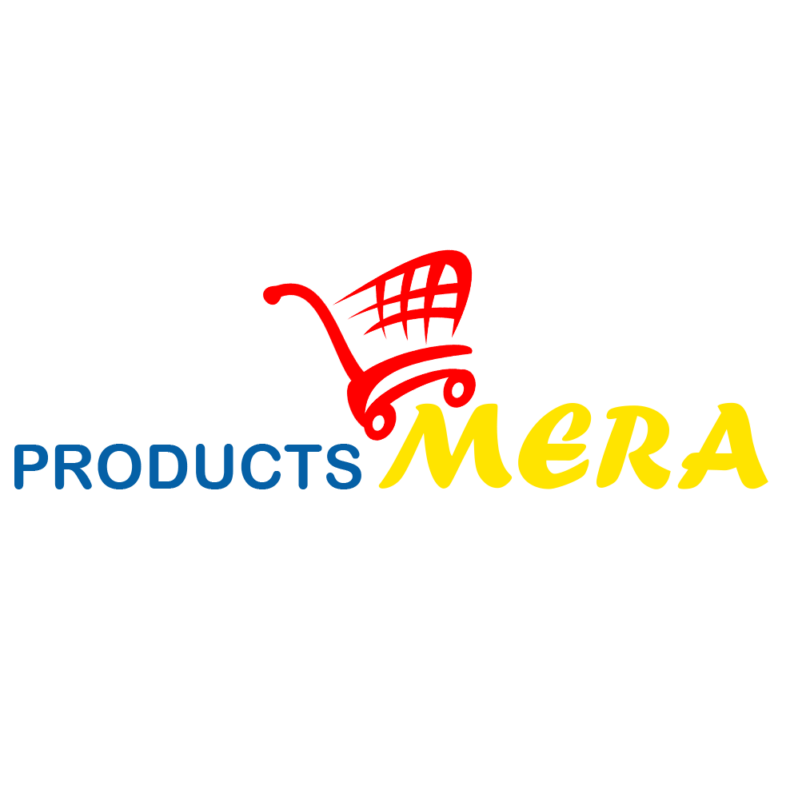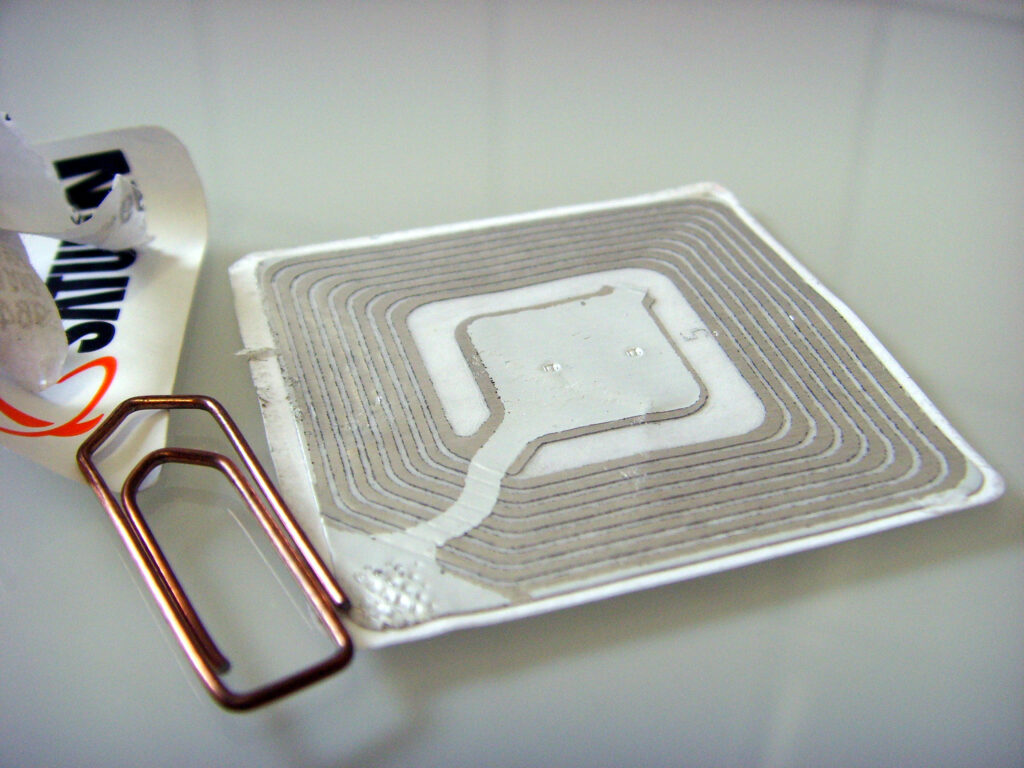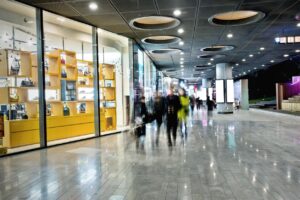Retailers began utilizing radio frequency identification in the early 2000s when American retailer Walmart invested close to $500 million in RIFD standards. Consumer-focused companies were notified to profit from retail asset tracking solutions, particularly RFID technology.
By using a reader to scan a radio frequency identification tag and storing the information in a tracking database, an RFID asset tracking system functions. Brick-and-mortar establishments have a wide range of advantages and opportunities when using RFID in Retail. Most importantly, it contributes to improving customers’ purchasing experiences.
Using RFID Asset Tracking to Track Retail Assets
It is not a novel idea to use radio frequency identification (RFID) to track actual physical “things”. In reality, the Second World War saw the implementation of the first functional RFID tracking system, which was used to identify airplanes.
The first RFID tag was patented in 1973, and the first Ultra-High Frequency (UHF) reader was created by IBM in the 1990s. Over the following 80 years, RFID asset tracking tools improved.
However, radio frequency identification hasn’t really become a factor in the retail sector until the previous few decades.
Radio waves are used in RFID tracking to read and transmit data from tiny chips (RFID tags) to a reader with an antenna. The asset tracking system receives the data from the RFID reader, stores it, processes it, and takes appropriate action.
Improving Stock Control and Minimising Out-of-Stock Situations
Asset monitoring technologies can be used for a number of purposes. But one that merchants will find especially helpful is increasing supply chain visibility from manufacture to distribution. Managers may then determine whether their products are being transported to a store, stored on a pallet, or in a container. Supplying further information on the location of the goods and their availability.
Being able to scan numerous items at once is a crucial component of radio frequency identification used in Retail. As opposed to a more labor-intensive method like barcoding, where each item must be scanned individually.
Enhancing the Shopping Experience with radio frequency identification in Retail
The potential for radio frequency identification to alter the way people browse and shop for products in traditional brick-and-mortar stores is one of the most intriguing advances in radio frequency identification applications.
Imagine entering a store, putting products in a cart, and then leaving right away, skipping the point-of-sale (POS) procedure entirely. This is now a possibility, I suppose. In actuality, it has already begun, with Amazon Go taking the lead.
In an effort to lessen checkout friction, several shops, like Tesco, are now utilizing “scan as you purchase” technologies. Enhancing client experience by making it more smooth. Although supermarkets use barcode scanning technology for this service, a customer must scan each item individually.
Why Retailers Choose radio frequency identification Over Barcodes and NFC
All brick-and-mortar establishments could benefit from the adoption of RFID in the retail sector. The proof is paving the way for another cutting-edge usage in addition to showing improved stock control and cost savings. It will raise the standard of shopping as a whole.
In fact, according to a retail industry analyst, Marks & Spencer may implement a system that would allow shoppers to pick up RFID-tagged goods, pay with their phone, and then exit the store. It might be possible for an RFID asset tracking device to “see” what the consumer has in their cart without having to scan it first.
Next steps
Even if next-generation items are proliferating and tech suppliers are vying for consumers’ attention, retailers globally are contending with slowdowns, lockdowns, and sharp decreases in customer confidence and purchasing power.
Radiofrequency identification has the potential to have a significant positive impact on a retailer’s profit and loss and to relieve pressure in the present business climate, but collecting the value can be challenging. Success encompasses activities across the entire retail business and goes far beyond technical proficiency.
Retailers must take the following steps to ensure success:
Adapt cross-functionally. To name a few, these modifications include anything from shop and supply-chain operations to product design and merchandising.
Have a team that is nimble and prepared to test and learn quickly. Testing in a dark store before launching may help certain businesses swiftly iterate and improve the solution. Radiofrequency identification will not function perfectly right away and will need constant iteration.
Adopt a comprehensive, end-to-end strategy. Retailers should take into account a variety of end-to-end use cases for the technology in order to derive the most value and achieve the best ROI.
Make sure leaders from different departments are committed. Although RFID is a technological solution, it needs the support of the organization’s top leaders to ensure that decisions regarding merchandising, design, operations, and technology are all in sync. The several players who transport goods from their points of manufacture to their ultimate destinations—in the hands of customers—are essential to the retail value chain.
Our final Word
Applications for radio frequency identification have never been more crucial than they are in the modern retail sector. The price of the technology has decreased, making it more affordable than it formerly was. RFID implementation is not for the faint of heart. Although; it calls for a firm commitment to make the cross-functional adjustments needed for success, as well as a strong focus on the use case at hand.







